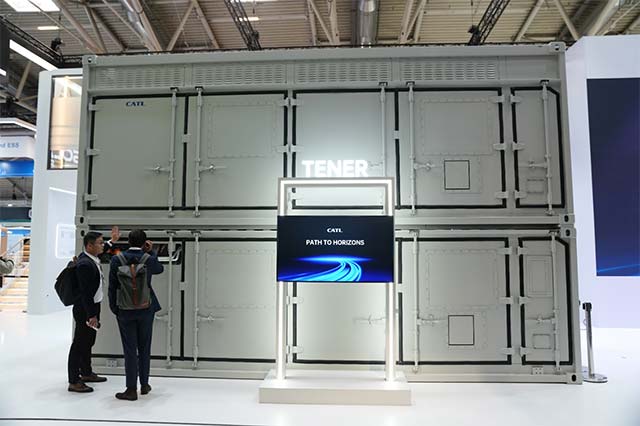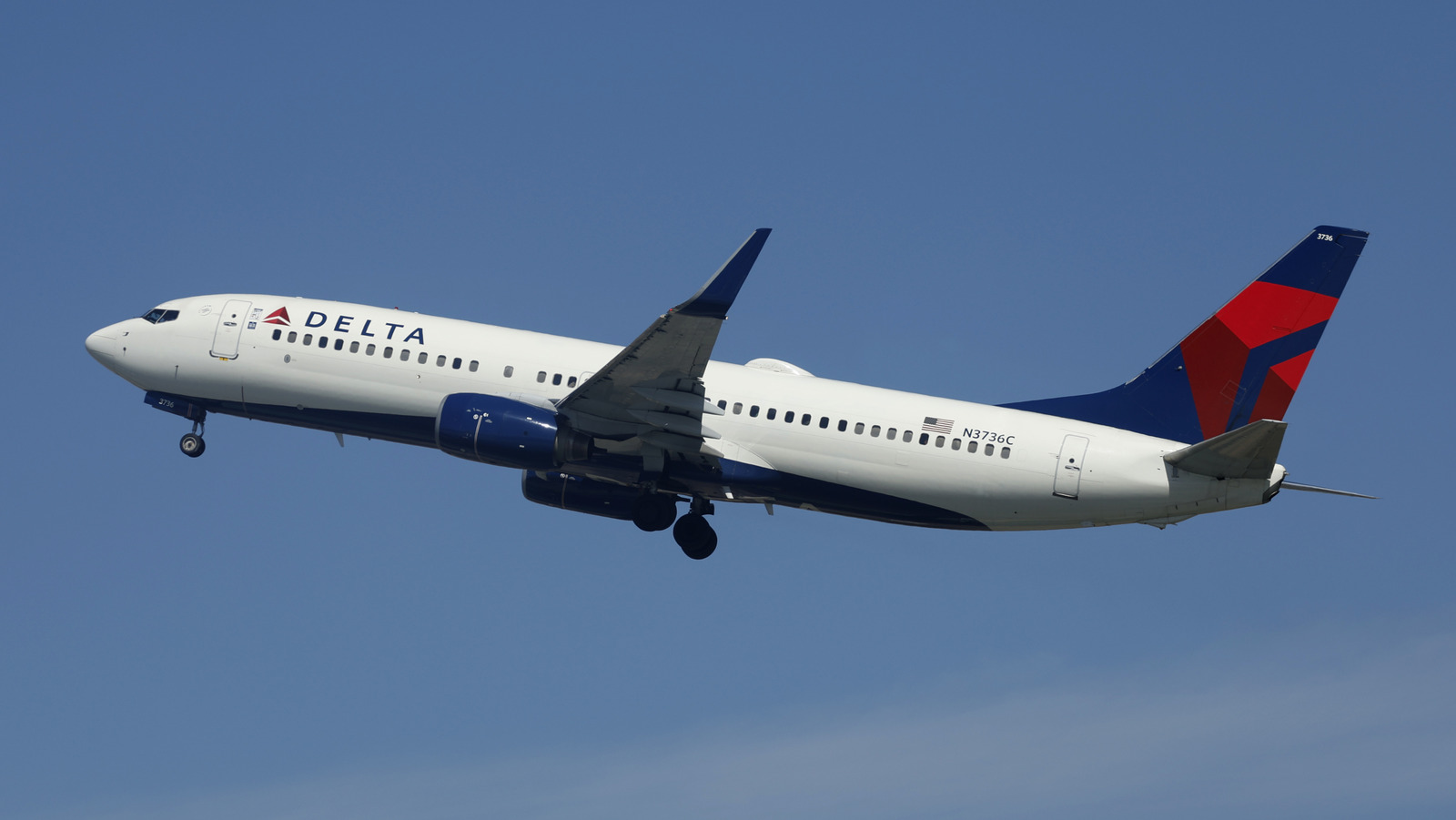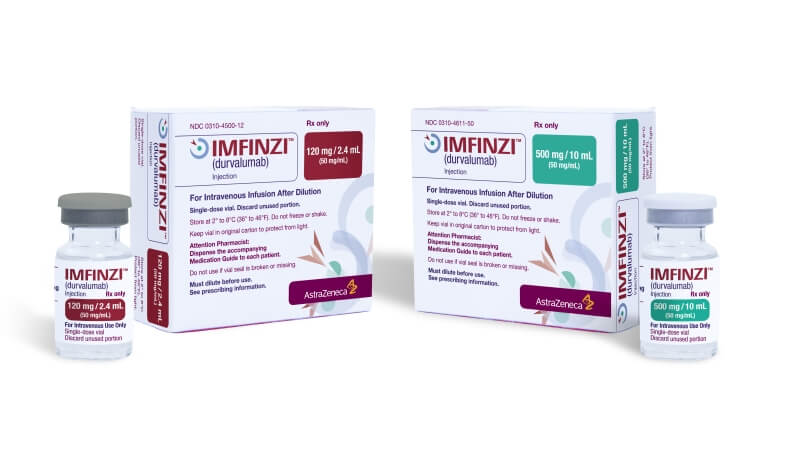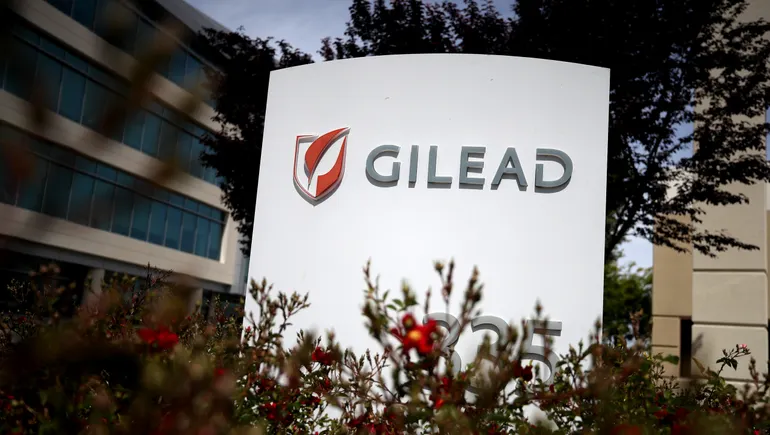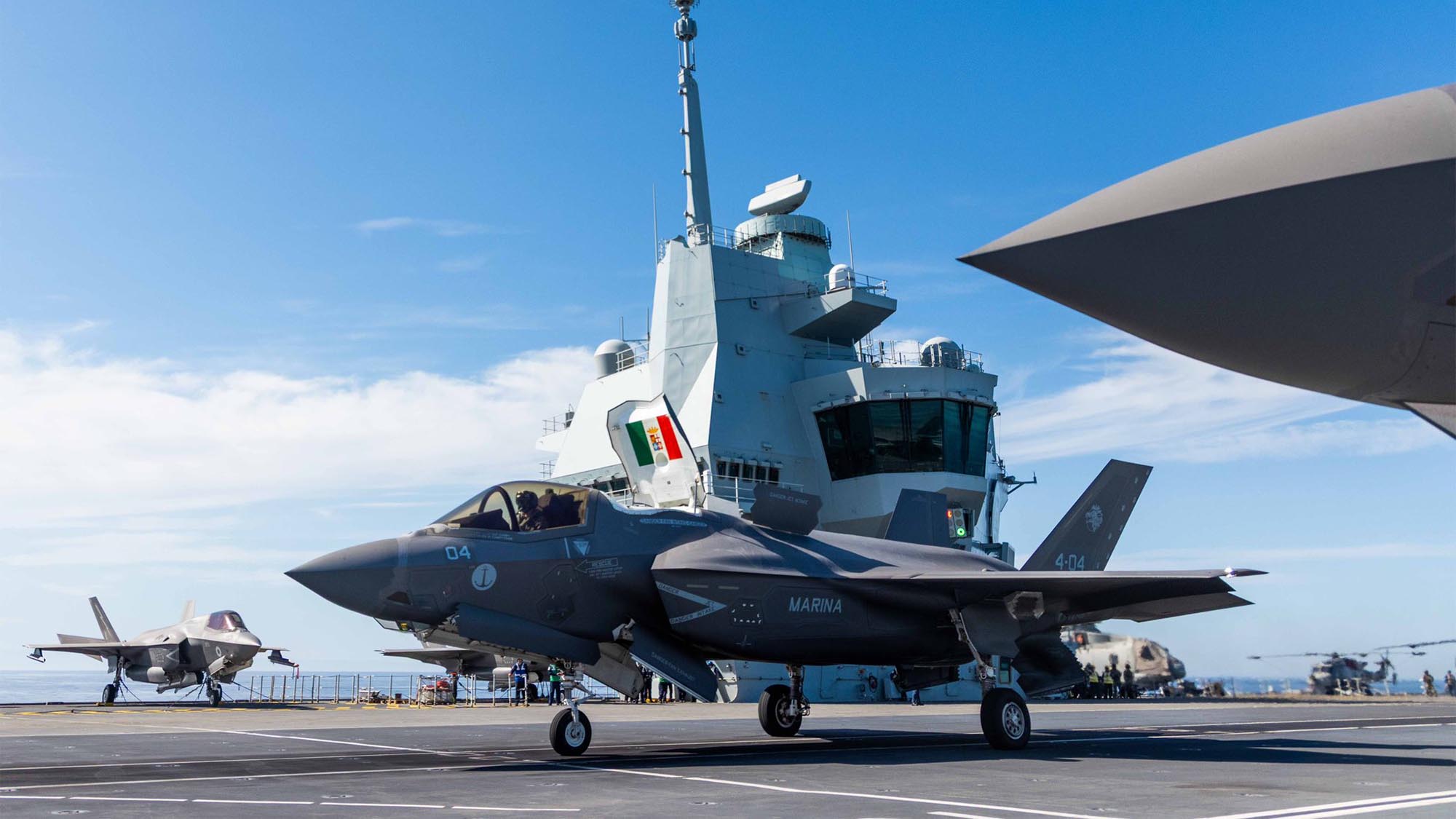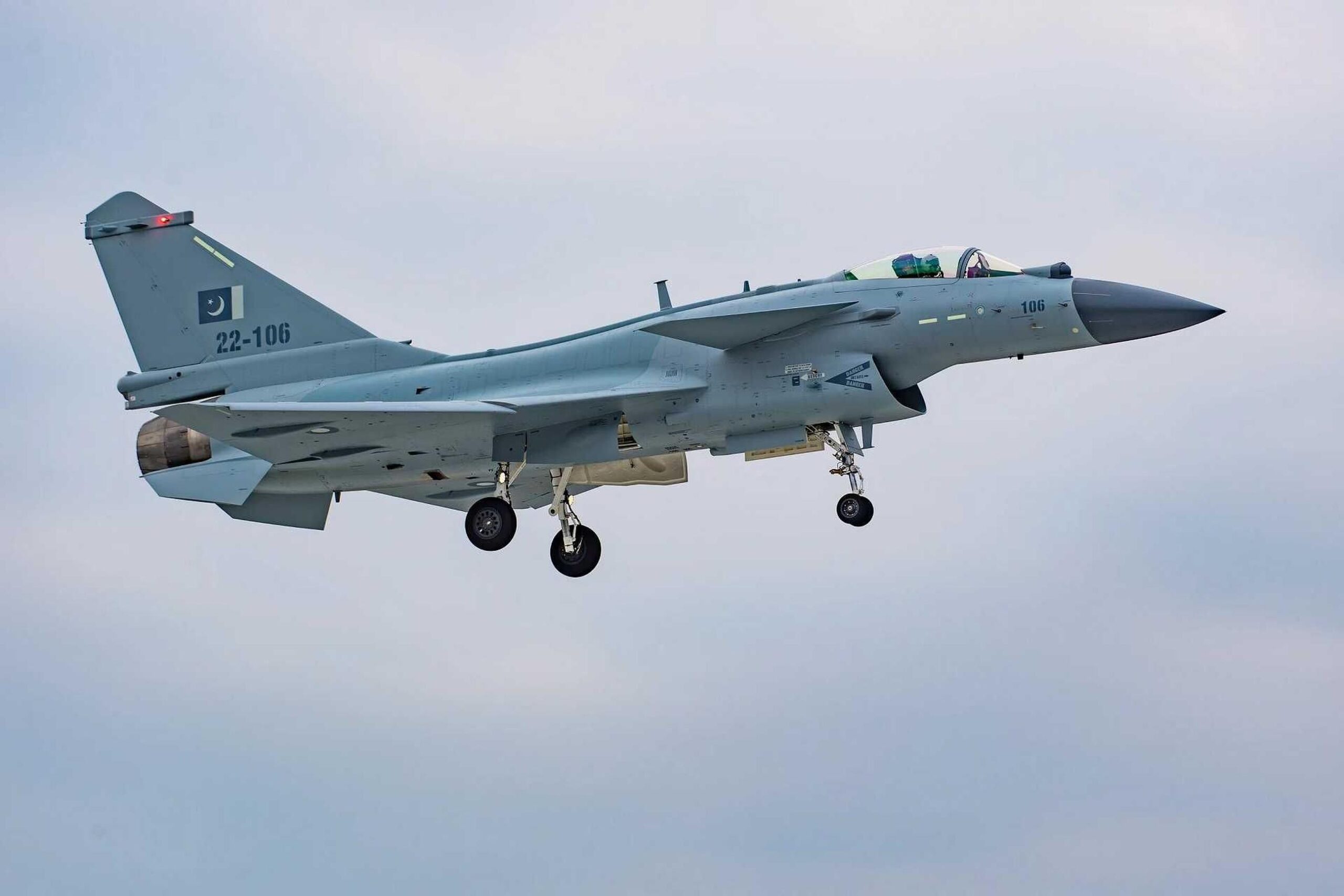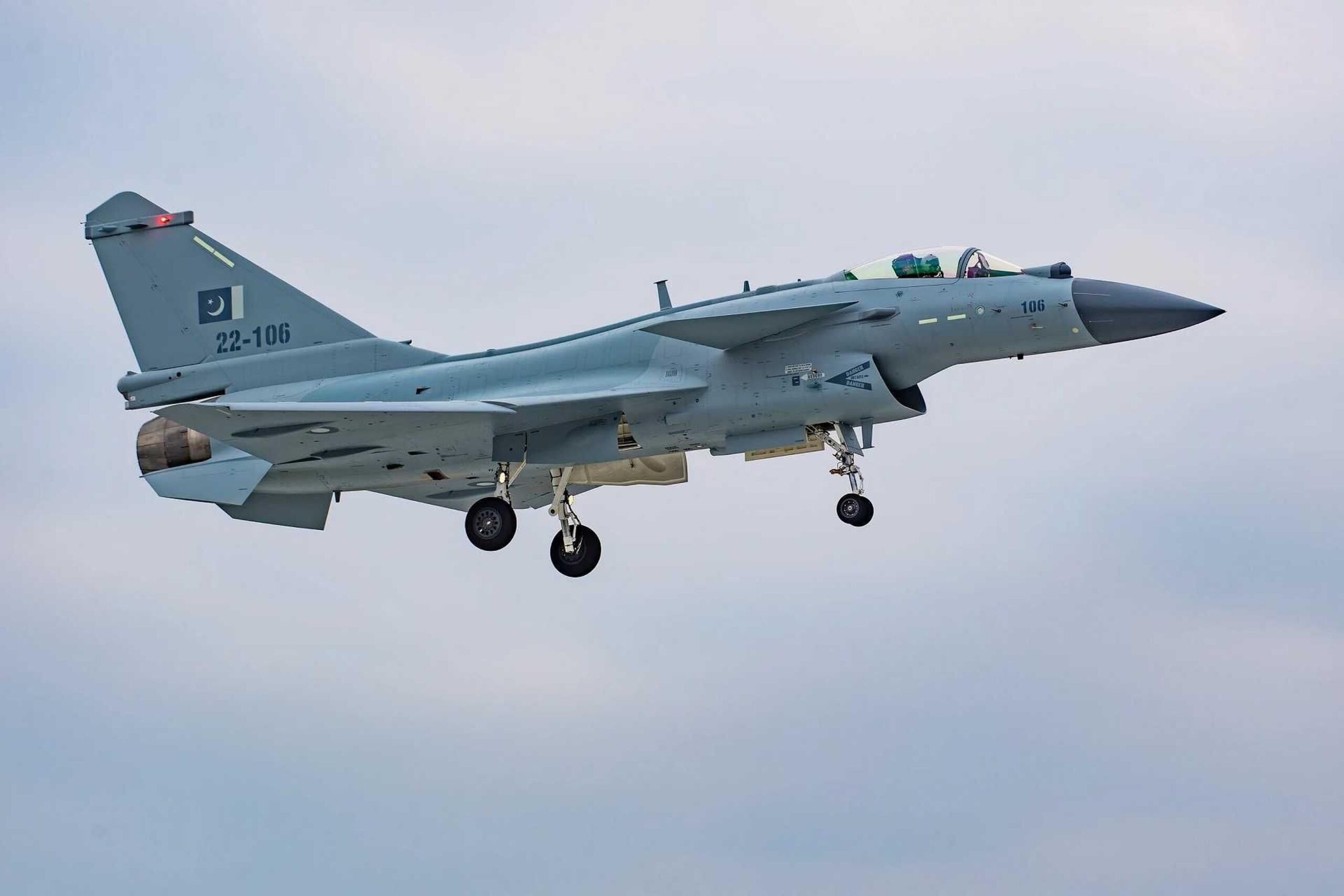Loose Southern California truck market set to get looser
Carriers in port cities brace for ‘air pocket’ The Los Angeles outbound tender rejection rate is only 2% compared to the national tender rejection rate of 5.4%. (Chart: SONAR) Import volume remained strong in April, as FreightWaves described, with imports up 1.2% from March and 9.1% year over year. Going forward, a major drop-off in […] The post Loose Southern California truck market set to get looser appeared first on FreightWaves.

Carriers in port cities brace for ‘air pocket’
The Los Angeles outbound tender rejection rate is only 2% compared to the national tender rejection rate of 5.4%. (Chart: SONAR)
Import volume remained strong in April, as FreightWaves described, with imports up 1.2% from March and 9.1% year over year. Going forward, a major drop-off in imports seems imminent with the questions being severity and duration – and ultimately whether that will lead to stockouts and a need for more expedited surface transportation. (Could truck regain some share from the rails?) Some of the ports are expecting volume in the coming weeks to be down anywhere from 20% to 35%, which seems reasonable based on data in SONAR. Drayage and intermodal are likely to be among the first modes impacted. Los Angeles is a freight market to watch given its sailing proximity to China and status as the largest port complex. That market has been unusually soft with a current outbound tender rejection rate of just 2%; a lack of imports could exacerbate the looseness in the market. A positive spin is that some carriers are calling it an “air pocket,” implying that demand will resurge once trade deals are reached and/or inventories become depleted.
Intermodal remains a strong value proposition for shippers
Domestic containerized intermodal volume outbound from LA (white) has outperformed the volume of long-haul truckload tenders outbound from LA. (Chart: SONAR)
On Thursday afternoon, domestic intermodal carrier Hub Group provided comments that added context to a number of the trends we are seeing in SONAR data. First, the rate spread between intermodal and truckload remains wide by historical standards – about 30% currently. I typically think of a historical spread as closer to 15%. Hub was also complimentary of rail service for both its Western rail partner (Union Pacific) and Eastern rail partner (Norfolk Southern). Relative rates and service levels, combined with the pull-forward factor that reduces time sensitivity, explain why containerized intermodal volume in SONAR has outperformed truckload tender volume. Domestic intermodal capacity is plentiful, as measured by container availability. Hub says it has 20%-25% of its containers stacked and could handle 35% additional volume before it would have to spend capital for additional containers. The coming weeks will likely show a drop in intermodal volume as a result of an air pocket of imports, but the intermodal value proposition for shippers should remain strong.
Airfreight market normalizes after e-commerce revamp
(SONAR: DAIR.PVGLAX)
Since the start of COVID, the air cargo market went through a period of five years when rates were elevated relative to history – and elevated throughout the year, not just during peak seasons. That was partially related to business travel never fully recovering. Business-heavy lanes are more aligned with needed air cargo belly space than personal travel lanes are.
In addition, the e-commerce volume with Chinese origination points that also qualified for the de minimis exemption exploded in recent years. That bubble appears to have fully burst. As of Friday, the de minimis exemption has been eliminated. Now, Chinese parcels that would have faced no tariff if they were addressed to individuals and worth less than $800 instead face a 145% baseline tariff plus product-specific tariffs. Meanwhile, postal items now face a 120% baseline tariff or a $100 flat fee per item (which rises to $200 on June 1). Although, that 145% baseline tariff may end up as an 80% tariff – or some other number.
Chinese e-commerce platform Temu anticipated the end to the de minimis exemption and has been working toward shifting its business model for the past year. It is now only selling items that remain in U.S. warehouses. Warehoused items are much more likely to move via ocean. Fast-fashion seller Shein, which also made heavy use of the de minimis exemption, has reportedly delayed plans for an IPO on the London Stock Exchange given the tariff uncertainty.
This week’s The Stockout show
(Image:FWTV)
On Monday’s The Stockout, Grace Sharkey and I discussed the ocean and airfreight markets and interviewed Wiley Jones, co-founder and CEO of Doss.
The show went through Sharkey’s recent article highlighting numerous management teams’ reactions to the trade war. As it relates to the CPG and retail industry specifically, what has stood out has been many of those companies’ willingness to bear margin pressure rather than rush to raise prices. That stands in contrast to the behavior of CPG companies in the years following the start of COVID when price increases were frequent and steep. Numerous CPG companies say their direct exposure to tariffs is limited – most CPG items are produced domestically, and many of the ingredients are sourced domestically. But a common concern among management teams is that tariffs will contribute to overall rates of inflation, which will cause further trading down and sales hits to discretionary items.
Monday’s show is available on The Stockout YouTube channel.
To subscribe to The Stockout, FreightWaves’ CPG and retail newsletter, click here.
The post Loose Southern California truck market set to get looser appeared first on FreightWaves.




























